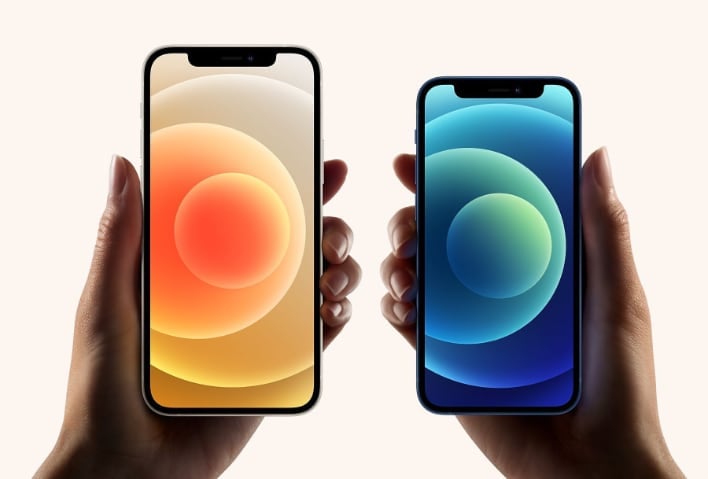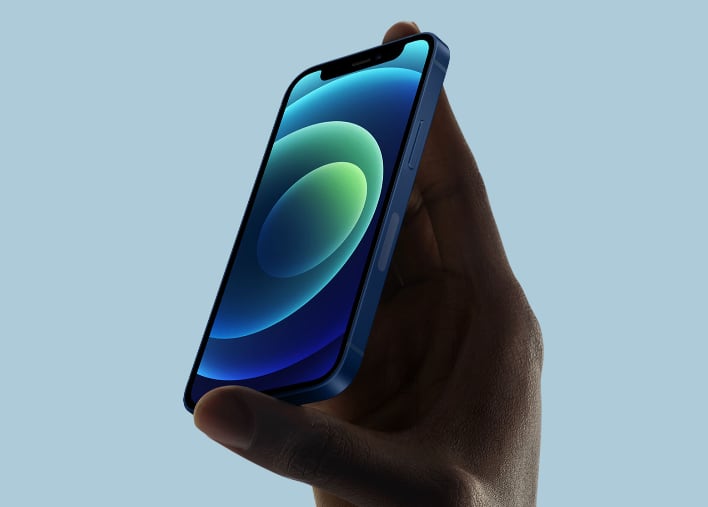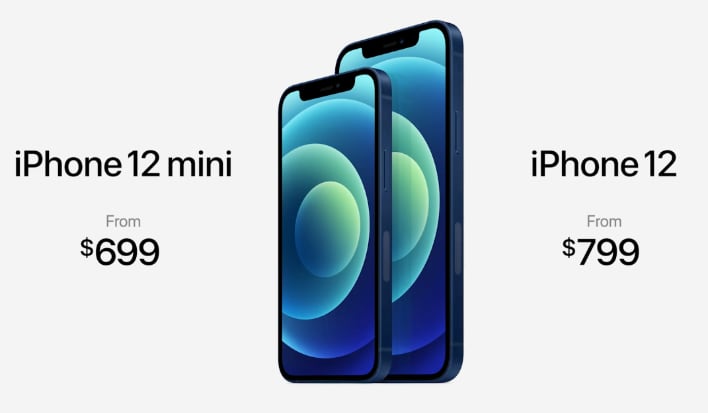Why The iPhone 12 Mini Might Not Be The Big Hit That Apple Expected

Apple designed the phone to appease to smartphone users who have long cried out for a device that offered flagship performance, but was more pocketable like the 4-inch iPhone SE from many moons ago. The iPhone 12 mini still stands pretty much in a class of one when it comes to a modern smartphone with flagship performance and features across-the-board in such a small form-factor.

However, according to recent reports, those same folks that were crying out for a smaller smartphone aren't buying them in numbers that justify Apple keeping the device around much longer. William Yang, a supply chain analyst for JP Morgan, revealed in a research note that Apple is allegedly shifting its production mix to accommodate higher than expected demand for the iPhone 12 Pro and iPhone 12 Pro Max, which start at $999 and $1,099 respectively. In addition, the legacy iPhone 11, which retails for $599, has also seen a big uptick in demand. As a result, Apple is reportedly revising production numbers upwards by 2 million units, 11 million units, and 8 million units respectively.
This increase in production is coming at the expense of the iPhone 12 mini, which has not been the sales success that Apple hoped for. Sales forecasts for the iPhone 12 mini are being revised downward by 11 million units. Yang also suggests that demand for the pint-sized phone has been so dismal that Apple could end production of the phone as soon as Q2 2021.

The arrival of this new research note comes after a January report from Consumer Intelligence Research Partners alleged that just 6 percent of all iPhones sold during the October-November period were the iPhone 12 mini. It should be noted, however, that the iPhone 12 mini first went on sale in November, following the October launch of the iPhone 12 and iPhone 12 Pro. With that being said, the iPhone 12 Pro Max launched at the same time as the iPhone 12 mini in November, and accounted for 20 percent of iPhone sales according to CIRP. Perhaps the writing is on the wall for the iPhone 12 mini...
There's a lot going against the iPhone 12 mini at its price point. For one thing, its battery life is considered subpar by many, as Apple can't exactly fit a big honkin' battery into the small chassis. And most people have become "groomed" to expect smartphones with bigger displays, so ponying up another $100 for the 6.1-inch iPhone 12 isn't a big stretch for many people. And with a price tag of $699, some shoppers are probably being steered towards the $599 iPhone 11, which also has a larger 6.1-inch display (albeit LCD) and longer battery life. Cheaper still is the iPhone SE, which is priced from just $399.
The iPhone 12 mini finds itself in a precarious spot with respect to pricing and screen size, and it appears that buyers just aren’t lining up in the numbers that Apple had originally projected.

